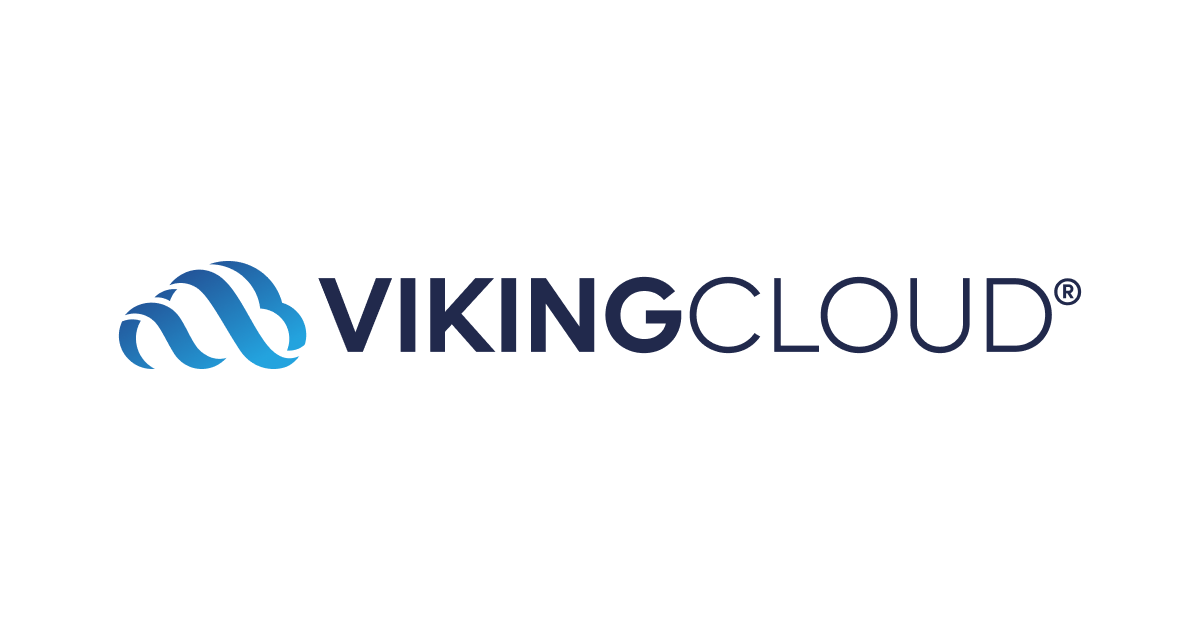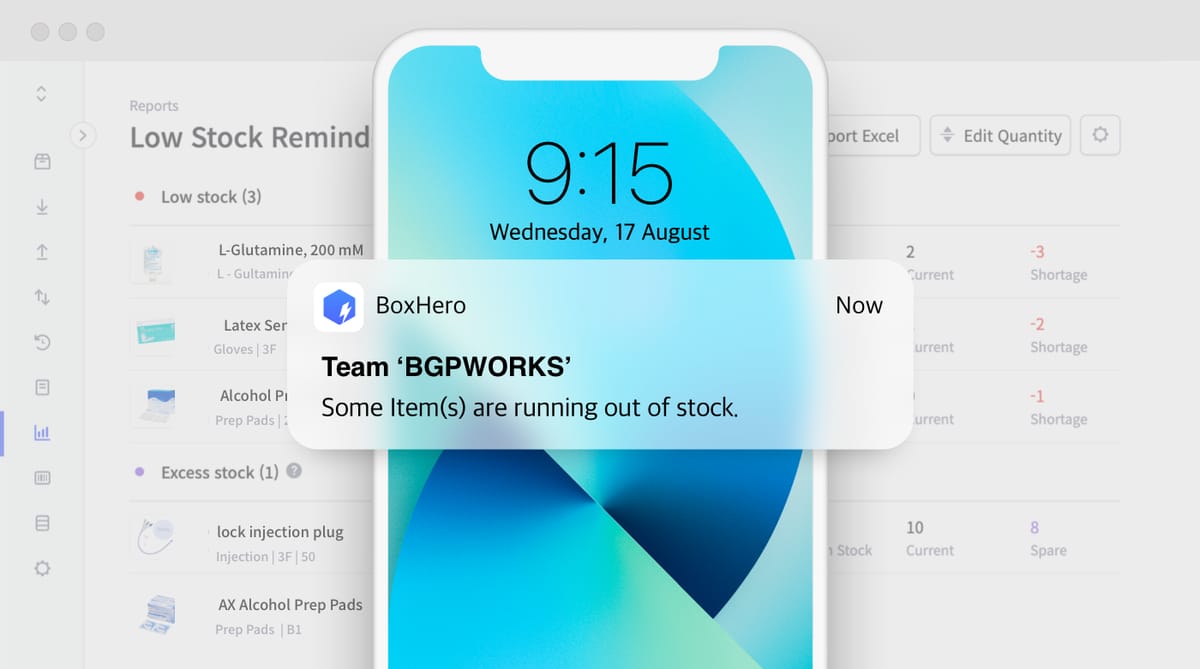How Small Businesses Can Protect Their Inventory Data from Ransomware

In a perfect world, goods flow in and out of inventory seamlessly, with zero hiccups and concerns along the way. Naturally, inventory management platforms are designed to do this, but there are broader concerns regarding inventory management that small business owners need to keep a close eye on.
Specifically, cyberattacks (in particular, ransomware) can render inventory flow unstable and may even freeze operations until remedies are found. Ransomware, which locks down inventories and other systems until operators pay hackers ransom fees, is set to cost businesses $275 billion worldwide by the start of the next decade.
Leaving your inventory open to hacking and lockdown restricts your goods flow, disappoints customers, and saps your revenue.
In this article, we look at the biggest risks to your inventory, essential measures to secure it, and how to prepare for a potential incident.
Understand Your Inventory Data Risks and Weaknesses
Business inventories are highly prized by hackers because they can exploit them to steal information, redirect goods, and use access controls to lock down operations. For businesses reliant on product flow, ransomware freezing access to inventory means items aren’t loaded, customers don’t receive orders, and goods aren’t replenished.
It’s little wonder, then, why ransomware developers target inventory control so frequently. By seizing this link in the supply chain, they can effectively take control of a business until their demands are met.
Ransomware is more than just a scary threat, too.
Coalition’s report into ransomware and cyber threat insurance claims data states that ransom demands in 2024 spiked at more than $1 million on average. What’s more, severity in loss amounts through ransomware increased by 68% despite a drop in attack frequency.
Ultimately, if there’s a weakness in your software or hardware chain, such as an obsolete program or a router without a secure password, a bad actor can use it to break in and wreak havoc.

So, to understand how to protect your inventory and access controls against ransomware, you must understand the risks and weaknesses in play. For example, with regard to your own inventory handling and processes, you should consider:
1. The software you use
Do you update it regularly, secure it with multi-factor authentication (MFA), and carefully log who has access?
2. Access points across your business
Are your hardware points such as routers, printers, and physical access controls to inventory all secured to industry expectations?
3. Shadow IT
Are there any systems and points in your network that have been added without authorization?
4. Personnel training
Do you regularly refresh the training and knowledge of all team members, so they understand how to safely manage inventory and other systems?
5. Supplier reliability
Do your partners and suppliers have stringent security measures and access controls to prevent attackers traveling through the supply chain?
6. Personnel attitude
Do your teams not only understand security threats, but also respect the reasons why you need to lock data down against ransomware?

Naturally, this is just the tip of the iceberg.
Many small businesses, for example, use penetration testing to dive deeper into their infrastructures to spot hidden flaws not uncovered by their security sweeps. And, in this current threat landscape, it’s become a necessary measure.

Implement Essential Cybersecurity Measures
The measures you employ to secure your inventory systems (and wider business) may vary. However, there are a few essential steps you can take to fortify your goods and inner workings against the threat of ransomware:
- Regularly review and strengthen access controls such as user account permissions, password strength, and activity logs.
- Back up data so it’s safe, secure, and can be reloaded at any time (ideally using automated systems).
- Run vulnerability scans with cybersecurity professionals to find flaws and weaknesses in networking and processes that escape the naked eye.
- Establish a regular updating schedule for software, hardware, and firmware, ensuring systems connected to inventory don’t go obsolete and allow hackers to break through.
- Segment networks and systems so that malware is isolated to specific environments and can’t spread far and wide.
- Develop a strong cybersecurity process that everyone can and should access to understand who has ownership at which points of your internal security, and what immediate steps to remedy attacks should be.

Research suggests that merely 14% of all small businesses have a firm cybersecurity plan in place. This is frightening news, especially given the money and reputation at stake.
Strengthening Your Inventory Security Further
The absolute best thing you can do to prepare and strengthen your inventory and broader company against potential ransomware attacks is to draw up clear and robust incident detection and management plans.
That means identifying who has access to inventory systems, who raises the alarm if an incident occurs, and who takes ownership of locking down interconnected systems if malware is at risk of spreading.
Ideally, all ransomware incident plans for inventory security should focus on prevention and lockdown, then detection and analysis, then removal of threats, and short- and long-term recovery. Naturally, these steps will require individual software and cybersecurity expertise.
That said, simply being aware of risks, taking precautionary measures, training employees effectively, and backing up your data is doing more than the 14% of companies mentioned above.
Just under two-thirds of all businesses, not just those that rely on inventory control, are targeted by ransomware. It’s too risky to assume you don’t fall into that statistic, meaning you should always prepare for the worst.

Conclusion: Building Resilience is an Ongoing Process
The main point we want to cement here is that resilience against cybersecurity isn’t something you can expect to establish overnight.
It’s important to use software that you can trust to manage and simplify inventory processes for you, and to work alongside cybersecurity professionals regularly to ensure no issues slip through the cracks.
Sadly, it’s not easy to stay secure against evolving threats to inventory control. However, there are simple steps you can take right now to start protecting your goods and data against those who want to extort you!
RELATED POSTS









